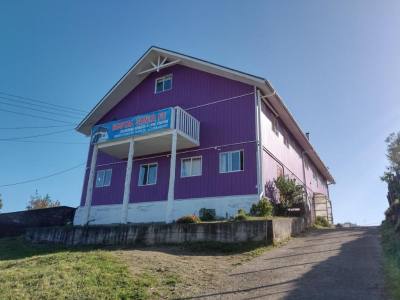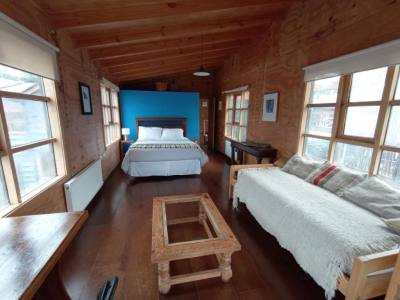From the beginning of Catholic missions, Castro was one of the main spots chosen to organize the evangelization process of the primitive communities of the Chiloé Archipelago. For such reason, the first Catholic churches witnessed the formation of the present districts all over the island. Saint Francis is one of its representatives and not only does it preserve its magnificent building, but it also reflects the passing of Catholic missionaries through the region. This temple, which stands opposite the main square, was declared National Monument in 1979 and World Heritage by UNESCO in 2000. These acknowledgments have been granted to a church whose history is worth learning.
A Monument to Religiosity
In 1567, together with the foundation of Castro, the construction of the first church, which was named after the apostle James, began. Set on fire twice by Dutch pirates, the parish raised again in several occasions until it was definitely destroyed in 1772. It was then when the parish was located in a Jesuit chapel built in 1608 which, after that order was expelled from the area, was occupied by the Franciscans who arrived from Chillán in 1768. Next to the chapel, the present church of Saint Francis was raised. Its construction began in 1910 and it was in charge of the Italian architect Eduardo Provasoli. Featuring significant dimensions, it occupied an area of 1,300 square meters. This carpentry work was made by craftsmen from Chiloé under the direction of master Salvador Sierpe. The church reflects the influence of its creators, as the Neo-Gothic and Classic design is mingled with the local construction style. The structure is made in native woods, mainly larch, cypress, coigüe and other kinds of woods referred to as “red” by the inhabitants of Chiloé. Its interior is covered in raulí and olivillo with exquisite carpentry works in the arches, altars and the choir, whereas the façade, the roof and the exterior are covered in galvanized iron. Two impressive towers rise to the sides of the façade of this magnificent construction summoning all members of the congregation and visitors who wish to see this place.
Karina Jozami
Eduardo Epifanio






























